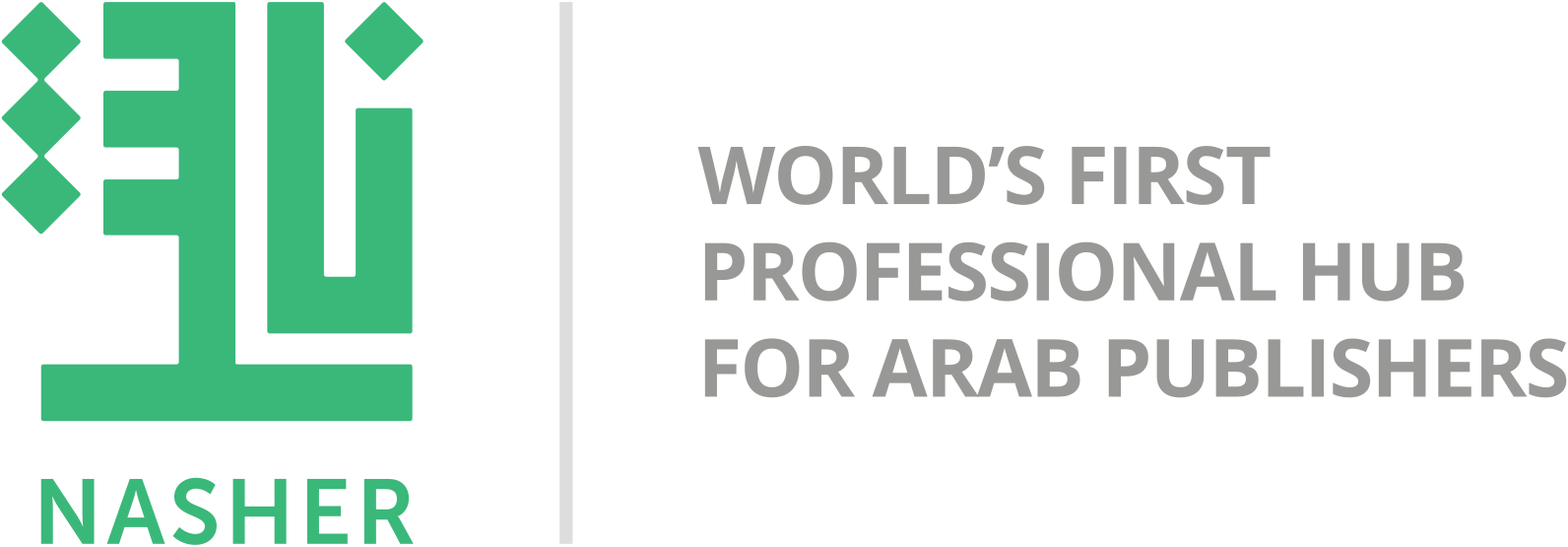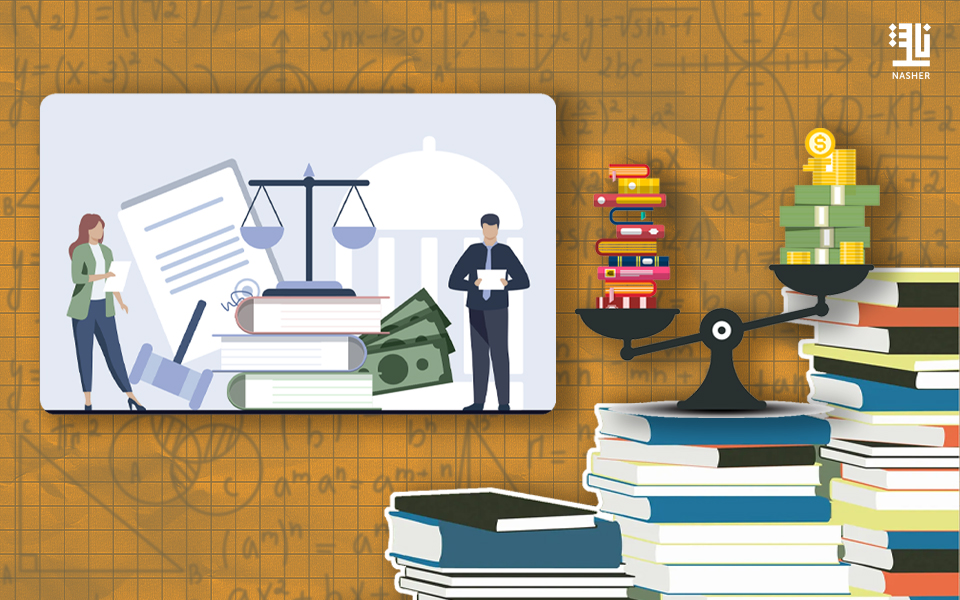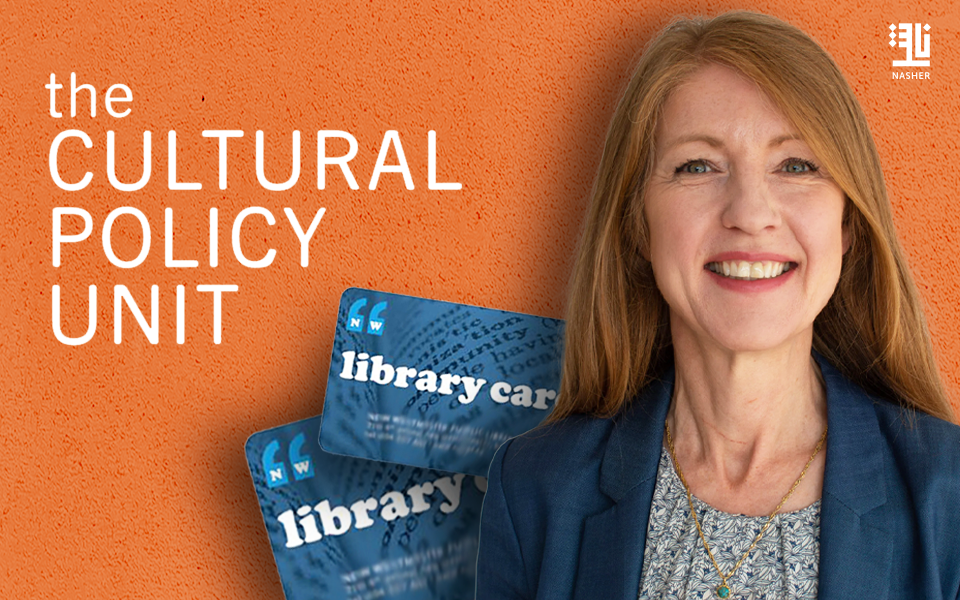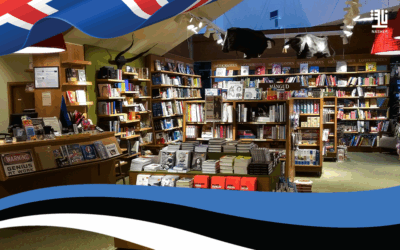The value chain in the publishing industry is among the most complex and multilayered in the cultural economy, due to the diversity of players involved and the variety of contributions made, ranging from creative input to production and distribution. While a book is often perceived as an intellectual and cultural product, the way its monetary value is distributed follows a commercial logic governed by cost structures, market demand, and the author’s visibility. This dynamic reshapes the relationship between a book’s symbolic worth and its financial return.
In traditional publishing models, authors typically receive 8% to 12% of the cover price for print editions, and in some cases, up to 25% for digital or audio formats. However, this share is often subject to what is known as “advance recovery,” meaning the author does not receive any additional royalties until the publisher recoups the advance payment made at the time of signing the contract. As a result, an author’s earnings are closely tied to the commercial performance of the book, rather than its literary merit alone.
Publishers, who stand at the core of the publishing supply chain, shoulder full responsibility for editing, printing, marketing, distribution, and sometimes warehousing and inventory management. In return, they typically claim more than 50% of the cover price, an essential margin to cover accumulated operational costs and sustain their business. This percentage may vary depending on the type of book, the country of publication, the chosen sales channels, and the level of promotional investment involved.
Booksellers, whether independent bookstores or online retailers, usually operate on a discount model, receiving 35% to 45% off the retail price. This portion helps them cover operational expenses, rent, logistics, and secure a stable profit margin. However, major platforms such as Amazon exert growing pressure on smaller publishers through preferential terms and near-monopolistic dominance.
In the case of translated books, translators enter the revenue chain as a fourth party. They typically receive either a flat fee or a royalty ranging from 2% to 5% of the cover price, sometimes calculated as a portion of the author’s share. Despite their creative role in producing a “new text,” translators often receive limited financial recognition and institutional support, particularly in the Arab publishing market.
Self-publishing models, on the other hand, allow authors to retain up to 70% of net sales, provided they cover all associated costs for editing, design, production, and marketing. This model, gaining increasing traction thanks to digital platforms, especially in the U.S. and Europe, redefines the author-market relationship, offering greater creative and financial control. Yet it also places a significant operational burden on authors, requiring them to manage aspects traditionally handled by publishers.







